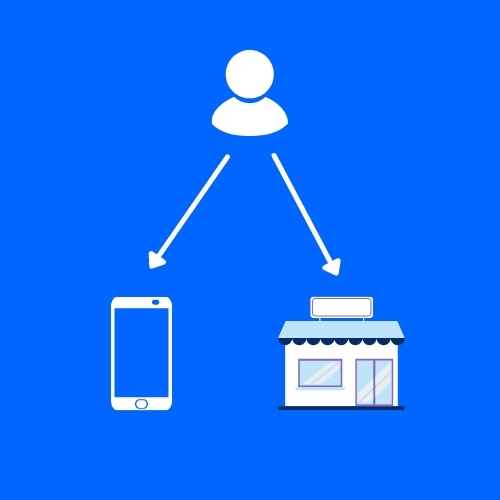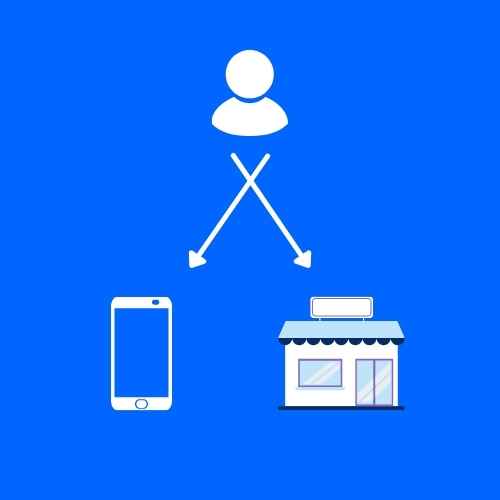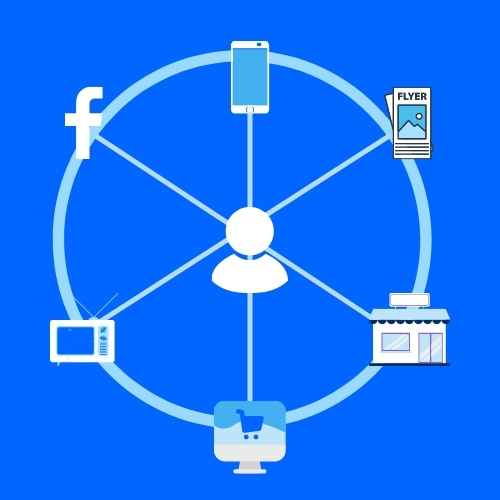A multichannel approach to strategies is trending more and more among corporates. What do we actually mean when talking about multichannel marketing though? Why does it work and what’s the influence on our daily lives?
What’s a multichannel strategy
Multichannel strategies feature two or more channels, touchpoints, that people can use to make interactions happen. Is that all? Well, beware of simplistic explanations, hidden complications are always around the corner. In fact, channels can be pretty much everything for us humans, making lines quite blurry sometimes: if you think tech devices are the only channels surrounding us, you couldn’t be more wrong.
If you think about it every single thing that crosses our senses is a potential channel for something: a flyer hanging on a wall, a business meeting, the smell of warm apple pie coming out of a bakery. Let’s choose an iconic brand as Chanel to make a couple of examples. Just figure you’re watching tv and you see the n°5 perfume advert. Then you switch off the tv and scroll on your Youtube timeline when you see that advert again. Is it appropriate to define this as a multichannel strategy?
Above – Ad campaign movie on the official Youtube channel of Chanel
On the Right – Ad campaign movie on the official Facebook page of Chanel
Multichannel, crosschannel, omnichannel
We cannot really be sure the strategy above is multichannel, why so? Distinctions must be made in this particular context.
Chanel used two different and distinct channels to reach their target audience and it would be correct to talk about multichannel strategy if these touchpoints only worked independently one from another. In more concrete terms, you surely would have two different experiences if you bought the perfume online or in a flagship boutique: same brand, same product but two distinctive experiences.
Let’s make it harder: if you, for instance, took a look at the product on the official website before your purchase at the store then it would be the case of a cross-channel strategy as you literally crossed two channels to interact with the brand.
Last but not least is the case of the omnichannel strategy, where all the channels involved work with integrated synergy. Imagine if by submitting to the Chanel newsletter via mobile app you could have a discount which is only redeemable for in-store purchases. Here, you would have three different channels working altogether for the same action and this couldn’t happen without any of them doing their part.



Multichannel lifestyle
Why do these strategies work so well? It shouldn’t really come as a surprise given that each channel triggers different behaviours and a wide range of behaviours can increase the possibility of interaction, relationship and dialogue with another human being and potential customer. It’s even less surprising if we think we live in multi, cross and omni-everything at least since the rise of smart devices within the reach of all.
Besides singing the same old song about tech abuse (a quite useless statement in 2022), it feels important to analyse what should be taken into account when putting together a marketing strategy. Not only do we need to know what we’re selling, but we also need to identify the cognitive and behavioural processes lying behind complex human choices.

